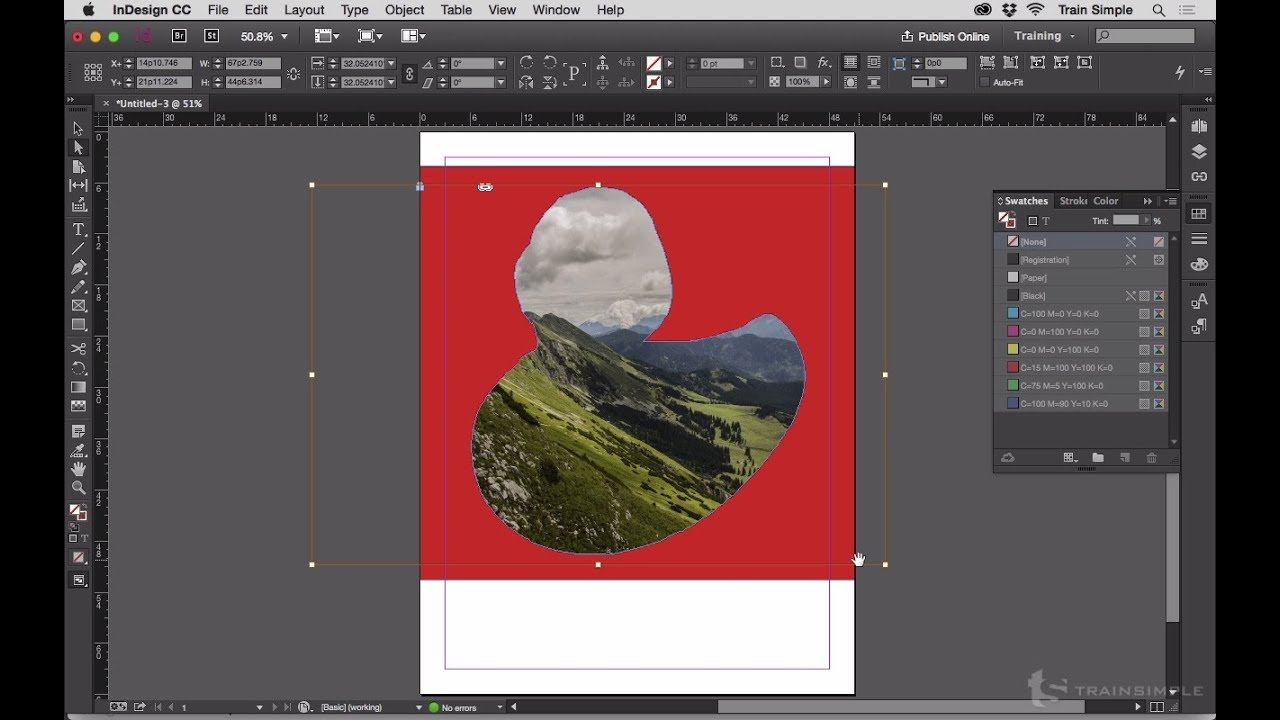Cutting-Edge Clipping Paths: Redefining Visuals
Cutting-Edge Clipping Paths: Redefining Visuals
In the dynamic landscape of visual content creation, the tools and techniques used to manipulate and enhance images constantly evolve. Among these, the concept of clipping paths has emerged as a fundamental method for precise image editing. Initially rooted in basic image manipulation, clipping paths have undergone a revolution, ushering in a new era that redefines the possibilities within visual storytelling, branding, and overall presentation. This article delves into the evolution, impact, and future of cutting-edge clipping paths, exploring their transformative role in the world of visuals.
Evolution of Clipping Paths: Traditional to Contemporary
Clipping paths, at their core, entail outlining specific areas in an image to isolate or manipulate them. Initially, this involved manual selection and outlining using tools like the pen tool in software like Adobe Photoshop. However, as technology progressed, so did the methodologies behind clipping paths.
The advent of AI-driven image recognition and machine learning algorithms has revolutionized the process. Automated selection tools have emerged, allowing for quicker, more accurate selections and paths. This transition from manual to automated methods has significantly enhanced the efficiency and precision of clipping paths, setting the stage for their extensive application across various industries.
Redefining Visuals with Precision and Detailing
The refinement of clipping paths has unlocked unparalleled precision and detailing in image editing. High-quality visuals are now achievable with intricate and complex shapes, enabling designers and marketers to create captivating imagery that resonates with audiences. Whether it's removing backgrounds, isolating products, or creating visually appealing collages, the precision offered by cutting-edge clipping paths has become indispensable.
Moreover, this precision isn't limited to still images. Video editing has also benefited from advanced clipping path techniques, allowing for seamless object removal or addition, thereby elevating the visual storytelling experience.
Techniques and Tools: Innovations Driving Change
The evolution of clipping paths wouldn't be possible without the advancements in software and technologies. Modern tools like Adobe Photoshop, Illustrator, or specialized software such as Affinity Photo offer sophisticated functionalities for creating and manipulating clipping paths. These tools integrate AI-driven features that streamline the selection process, making it more intuitive and efficient.
Additionally, the development of cloud-based editing platforms facilitates collaborative editing, enabling teams to work on clipping paths simultaneously, irrespective of geographical boundaries. These innovations have not only enhanced the speed of editing but have also democratized the accessibility of high-quality image manipulation tools.
Challenges and Future Trends in Clipping Paths
Despite the advancements, challenges persist. The intricacies of certain images, such as those with fine details or complex backgrounds, pose difficulties even for cutting-edge tools. Achieving pixel-perfect accuracy in such scenarios remains a hurdle that continues to drive innovation.
Looking forward, the future of clipping paths appears promising. The convergence of technologies like AI, augmented reality, and real-time editing is anticipated to further revolutionize the visual content landscape. Real-time editing, in particular, holds the potential to transform how we interact with visual content, allowing for instant modifications and immersive experiences.
Applications Across Industries
The impact of cutting-edge clipping paths extends across various sectors. In advertising and marketing, the ability to create visually stunning and contextually relevant imagery drives engagement and enhances brand recall. E-commerce benefits immensely from clear, high-quality product images that influence purchasing decisions. Entertainment and media industries leverage clipping paths to seamlessly integrate visual effects, enhancing storytelling and audience immersion.
Conclusion: Redefining Visual Storytelling
In conclusion, cutting-edge clipping paths represent a paradigm shift in visual content creation. From their humble beginnings as manual selection tools to their current automated, precise forms, clipping paths have redefined how we manipulate and present visual information. The fusion of technology, innovation, and creative application continues to push the boundaries of what's possible, offering a glimpse into a future where visuals are not just seen but experienced.
As the world of visuals evolves, the transformative power of cutting-edge clipping paths will continue to redefine storytelling, branding, and the way we perceive and interact with the visual world.

Comments
Post a Comment